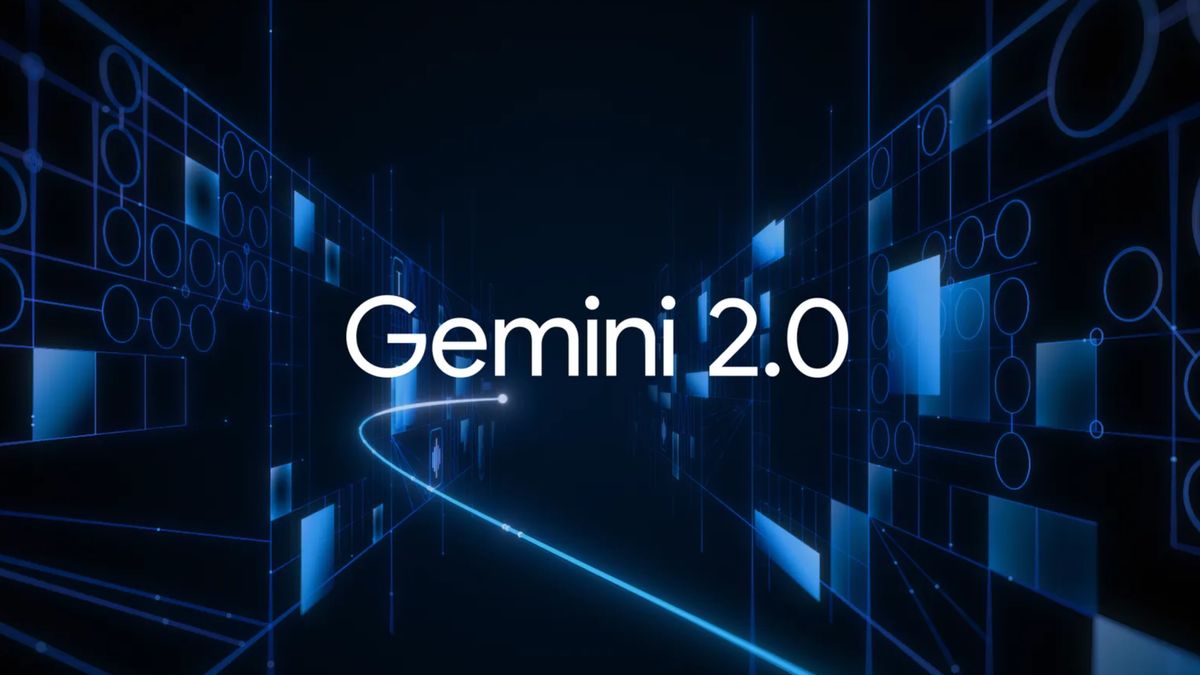Ireland’s coalition government has reached a bitterly contested deal to slash climate emissions from the country’s key agriculture sector by 25 per cent by 2030.
That level is significantly higher than the 22 per cent farmers had hoped for but below an initial target sought by Dublin of up to 30 per cent.
Eamon Ryan, environment minister and Green party leader, called it “a significant step in the right direction” while agriculture minister Charlie McConalogue said the cuts were “challenging” but achievable.
Tim Cullinan, president of the Irish Farmers’ Association, called the 25 per cent cut a “massive, massive ask” that could cost farmers €2bn a year and said the government had outlined no budget to help them achieve it.
But environmentalists and opposition legislators say anything less than a 30 per cent cut would not be enough to meet the goal of slashing Ireland’s overall greenhouse gas emissions by 51 per cent by the end of the decade compared with 2018 levels.
That goal already looks challenging: greenhouse gas emissions rose 4.7 per cent in 2021, and agricultural emissions, which make up nearly 38 per cent of that total, increased 3 per cent, according to official data.
In the government’s climate action plan last year, the farm sector was earmarked for emissions cuts of between 22 and 30 per cent.
Hammering out a final level strained the three-party government, whose two main members — Fianna Fáil and Fine Gael — have large rural constituencies. Both are struggling to reverse sinking approval ratings as nationalist party Sinn Féin extends its lead in opinion polls.
Climate is a pivotal issue for the third coalition partner, the Greens, and progress is already proving slow. The government admits it has only implemented 45 per cent of its planned measures to cut emissions in the second quarter of this year.
Ryan clung for days to a demand for reductions not to fall below 26 per cent, while McConalogue refused to budge beyond 24 per cent. A final agreement was reached on Thursday after hours of haggling.
Pat McCormack, president of the Irish Creamery Milk Suppliers’ Association, said the agreement made “whole classes of farms unviable” and would push up prices.
He added: “Our livestock industry — both dairy and beef — is the lifeblood of rural Ireland and Minister McConalogue and the three party leaders of the coalition have struck it at its very heart today.”
Cullinan said: “This deal between Fianna Fáil, Fine Gael and the Green party is all about the survival of the government rather than survival of rural Ireland.”
“It’s really impossible to see how we can achieve targets beyond 22 [per cent] without reducing herds — and that’s an income issue for us,” said Brian Rushe, a dairy farmer.
Hannah Daly, a lecturer at University College Cork and expert on sustainable energy transition and climate change, said the fact that the emissions cuts required of agriculture were far lower than other sectors of the economy was “a disappointment”.
The end of EU milk quotas in 2015 led to the expansion of Ireland’s dairy industry and dairy cattle numbers have increased for 11 consecutive years. Methane emissions from Ireland’s beef and dairy herds are the highest within the EU and European Economic Area for the size of the country’s population, and are “steadily rising”, according to the Environmental Protection Agency.
The government said it would support farmers through measures including renewable energy initiatives and the development of biomethane.
Although farmers complained they were being offered no funding to make the technological and other changes needed to reduce emissions, Ryan acknowledged in a recent interview with the FT: “You won’t do it just by waving your fingers at people and shaming people.”




















Discussion about this post